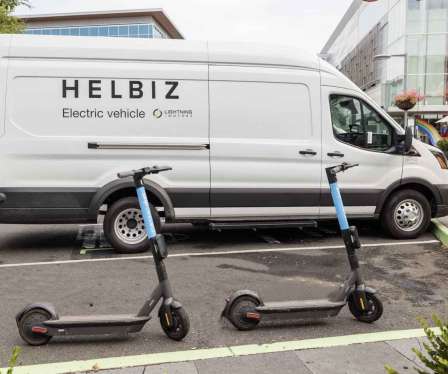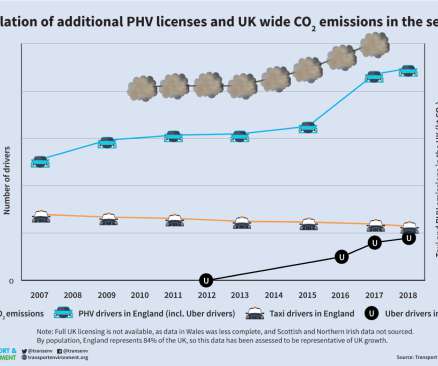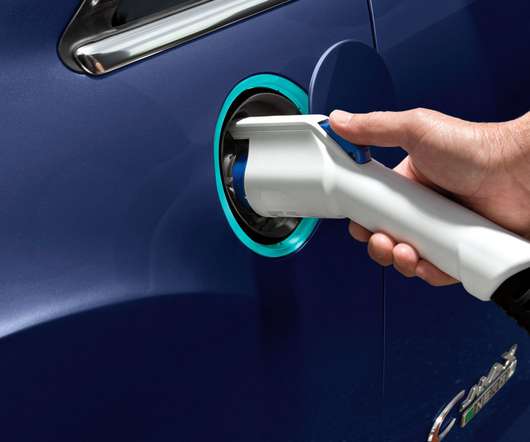California 2017 GHG inventory shows 1.2% total drop from 2016; transportation sector emissions up 1%
Green Car Congress
AUGUST 14, 2019
The California Air Resources Board’s latest state inventory of greenhouse gas emissions shows that California’s GHG emissions continue to decrease. Compared to 2016, California’s GDP grew 3.6% The transportation sector remains the largest source of GHG emissions in the state, and saw a 1% increase in emissions in 2017.










































Let's personalize your content